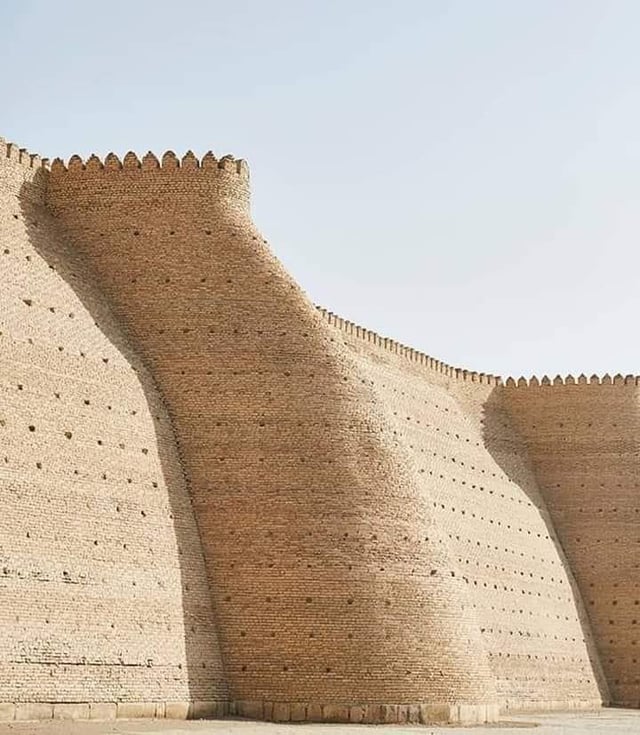I saw him in concert in 2017 under Skylar Spence, but he flipped back to Saint Pepsi for his 2019 release, so he must have figured that out somehow.
To be fair, that's a little hard to see when you have squids swarming you.
Co-signed, another moron
You've been the best! Hope you can get back some of the joy.
I've played both, but this group of friends hasn't. They're on the list!
Welcome to Estonia, sucker!
Watch out for the janky collision on the legs.
Yep! I don't get the chance as often as I'd like, plus Helldivers 2 fever has hit, but I still enjoy when I can.
The modded servers are insane. There's new horde mode options as well.
The skill ceiling is higher than ever before, but there is still a good distribution of newbs. I've been training my 1vX by concentrating the practice against bot. Do a local deathmatch, spawn a bot and ToggleDamage and ToggleStamina in the console and just play around without pressure. After that, do local Team Deathmatch in Arena, join Red, spawn in training sword and then "AddBotsTeam 2 1", then since the bots are quite good at circling, run to the side of a supply box and practice 1vX parrying. It's helping me not always commit to a riposte and keeping myself aware of multiple more things on the screen at once.
Just play Mordhau. Playerbase is small enough that you'll see the same people over and over again.
that's fucken DOPE
So it goes into a glad/reservoir in the head somewhere...then?
Well, venomous snakes do have hollow teeth, but they work in reverse. This makes sense since there are venom glands, but sucking blood upwards would make it go....where? Funny to think about.



There's a ton of nuance here depending on how it's said. "What's up" can be said so fast as a greeting that another "What's up?" is an appropriate response, or my favorite "sup?" Or, it can be asked kind of carefully that it expects an actual answer. Either way, no response is really wrong, but can increase awkwardness if not answering in the expected way.